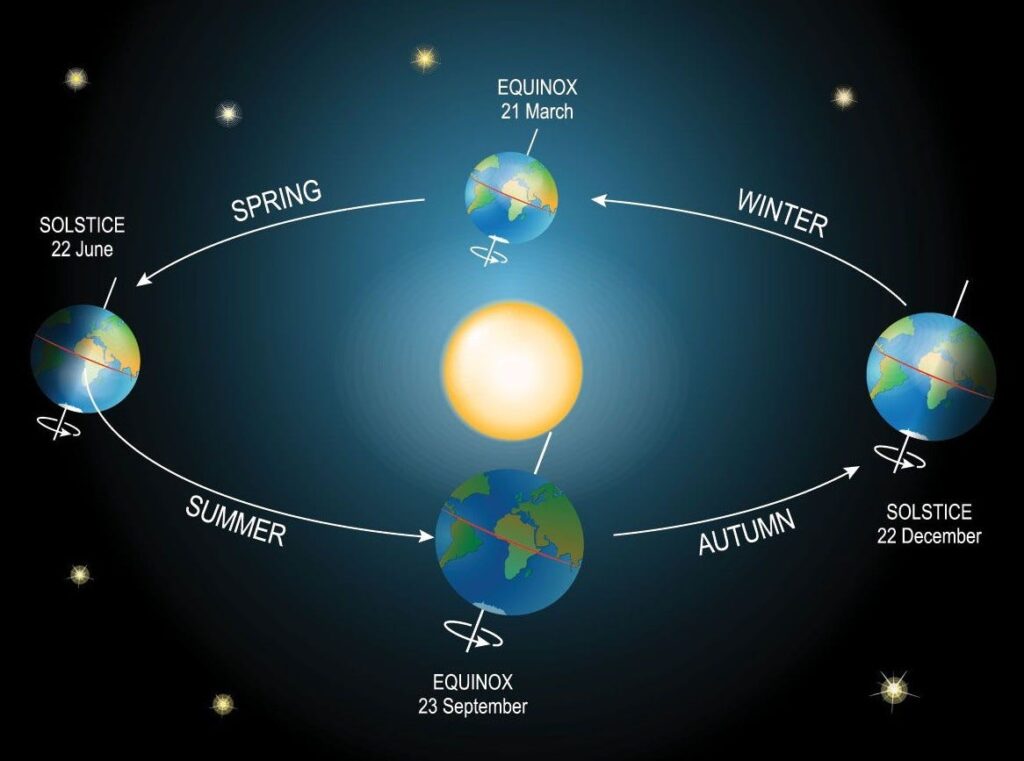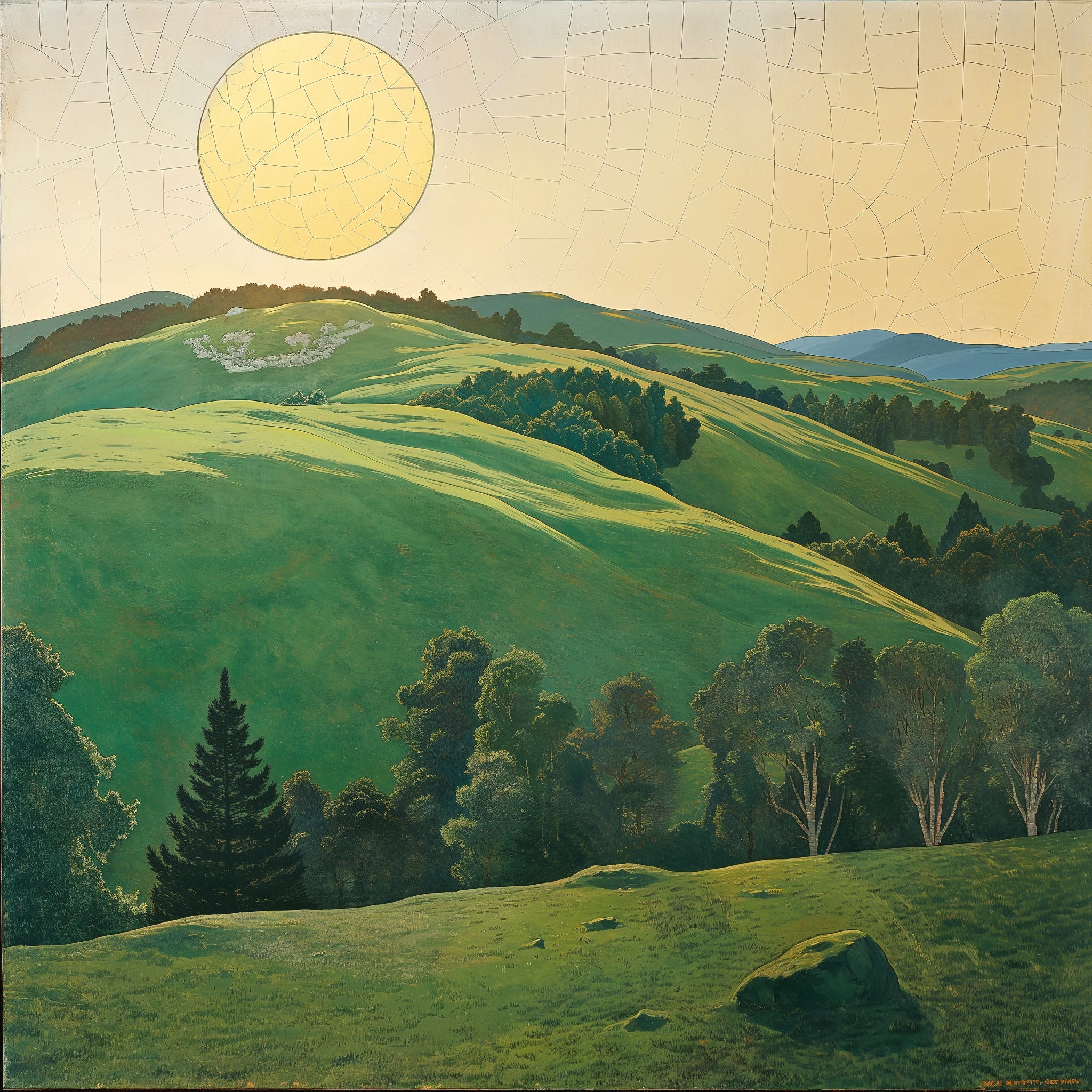Part 3 of The Chemistry of Time
Not long ago, it was cold. The air in New York was crisp and we lifted our collars against the biting wind. The tree-lined streets were bare and gray, the rains were frozen, and the nights came early. Steam heat percolated into our apartments, the valves clanking and gasping to signal that warmth was on the way. When it came time to go outside and meet the world a ritual of layering was necessary – coats, socks, hats and gloves. Baristas didn’t waste my time asking if I wanted my drink iced and the sky was a magnificent tone of blue, whisked with light clouds and winter birds. They were beautiful days while they lasted. Yet time moved on and day by day the layers grew thinner, the hats got lighter and the gloves began to gather dust. The gray trees turned colorful as chirping birds took over the soundscape. Rains came, but more cheerfully than before. Now just weeks removed the Sun heats the room instead of the clanking steam and the world outside is nearly unrecognizable. It could all be so confusing and so strange but instead it was expected, predicted, and foreseen. It all happened around the end of March as it had the year before, and the ones prior. Our calendar foretold these shifts as it has for as long as anyone can remember. What an incredible device it is.
Of course it was not the calendar that changed the season from Winter to Spring but rather the Sun, that giant, glowing, bellowing furnace that pours every manner of ray upon us in our meek Earthy lives. The Sun that is so persistent and relentless that the rare occasions during which it is blocked by the Moon become a giant spectacle, nearly a national holiday. People travel and gather around everywhere just to see ten minutes of dimmed light, but it is not the dimmed light they wish to see. Instead they are there to see the Sun put in its place, weakened, dominated, and limited, things no men can dream of accomplishing. There is no negotiating with the Sun and certainly no defeating it and we accept without question that it dominates our lives and always has.
Perhaps this is why we have made it our timepiece. The great marker of time in our society is the Year, and we count its changes diligently. It is now the 2,024th Year under the current count: more than two-thousand trips around the Sun. But why do we care? We care because the Sun turns the Winter into the Spring, and the Spring into the Summer, and the Summer into the Autumn. We care because everything about life on Earth is altered by these seasons and to know the season and the time until the next change is to give us the advantage of preparation. Tracking the Sun is a matter of great importance and basic survival and for this reason we long ago developed a great Calendar that keeps track of the Sun and how it moves – that is the Solar calendar, and it forms the basis for the Gregorian Calendar we use each day.
The Calendar is why we know that around March 21st each year the Sun will get a little brighter, the air warmer, the animals livelier, and the trees greener. The Sun is why we know that around September 22nd each year the Sun will get a little weaker, and begin to set earlier in the day. The leaves will change color, the animals will grow their coats, and the baristas will ask another annoying question. All of this is made possible to know in advance by simply looking at where in the sky the Sun is each day.
Or, you know, give or take a day. The Gregorian Calendar is actually a bit sloppy and fortunately we have a far superior calendar by which to track the movements of the Sun. It does precisely the same thing, but with different names for the “Months” and more accuracy. March 21st? That’s just Aries, 0. September 22nd? Libra, first degree. And none of that leap year nonsense.

These two rows depict the same thing – the movement of the Sun in the sky, as viewed from Earth. They both tell us that as the Sun travels through this sequence it will cause noticeable impacts to life on Earth. Physical things change in ways you would consider magical and incomprehensible if it wasn’t so obvious and visible, and it is only because the Sun has shifted a bit in the sky. Sure, sure, we know about solar rays and temperature and heat and light and the orbital axis and blah blah blah. We know these things, but do we need to know them? Did the Sun create the Spring for thousands of generations of humans before we knew how to measure these things? It certainly did.
And what does the Zodiacal calendar do but track the movement of the Sun and tell us what to expect when its position is in a different terrain of the sky? In practice, there is no difference between the Zodiacal calendar of the Sun and the Gregorian, except for the Zodiacal calendar being more precise. We use the position of the Sun to track the times and to understand events because it works. This was probably known by humans on Earth by the end of their very second year. How long do you think it took them to ask if following the position of other objects in the sky worked?


Leave a Reply